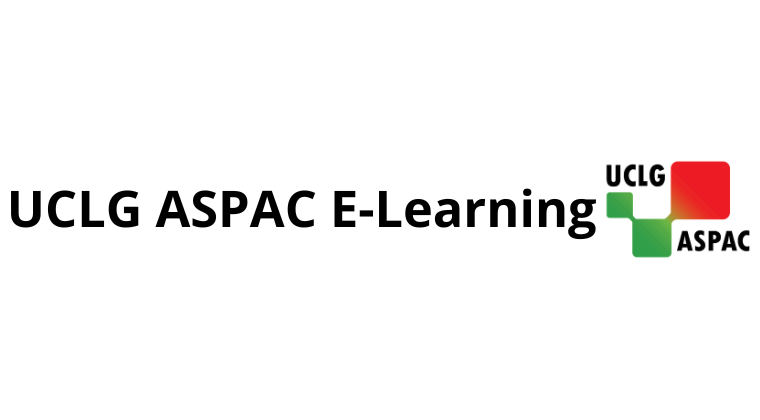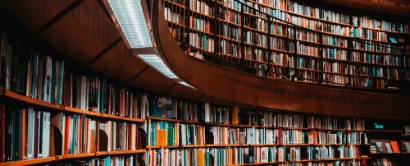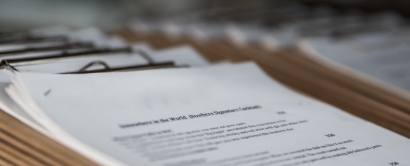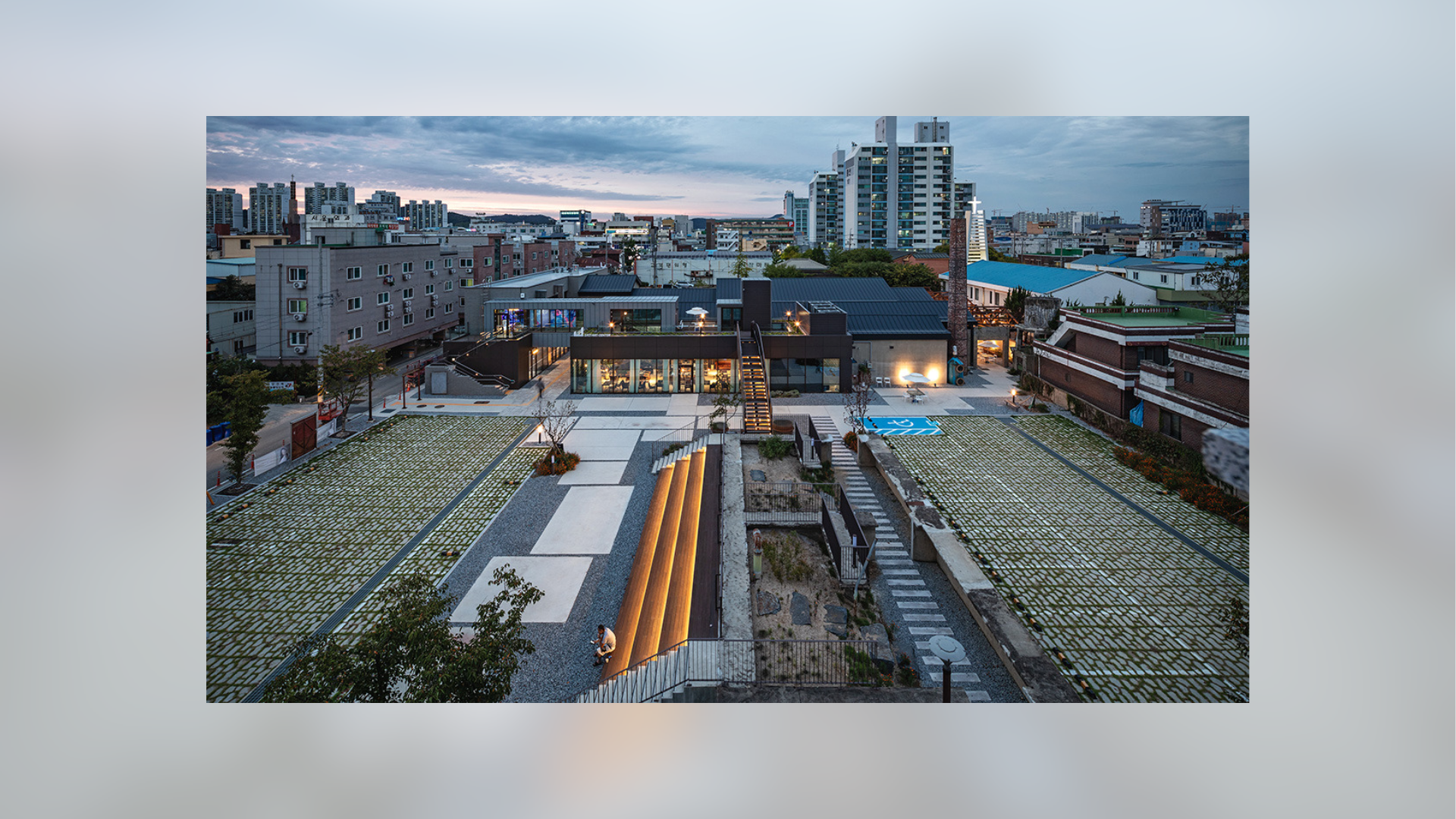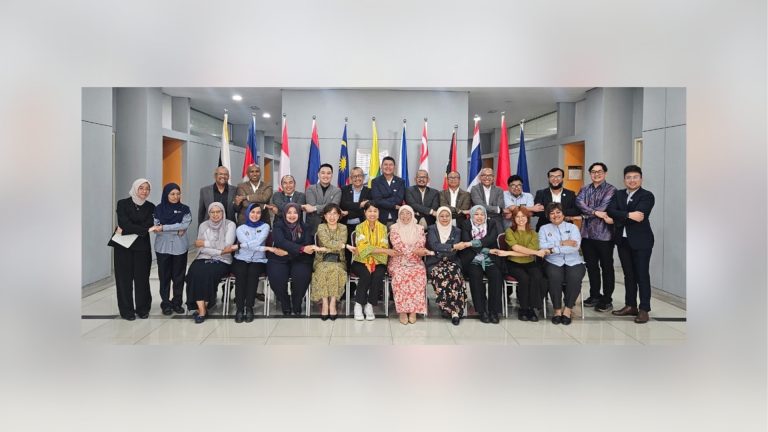For the first time, Sejong City has designated three outstanding architectural assets: Jochiwon Cultural Garden, Jochiwon 1927 Art Centre, and the Birthplace of Jang Uk-jin. These buildings, each with nearly a century of history, have been transformed into cultural complexes that blend modern life and narratives while welcoming visitors. No longer mere remnants of the past, these spaces allow Sejong citizens to immerse themselves in culture and the arts as part of their daily lives, creating new stories. This article explores the past, present, and future of these remarkable architectural assets.
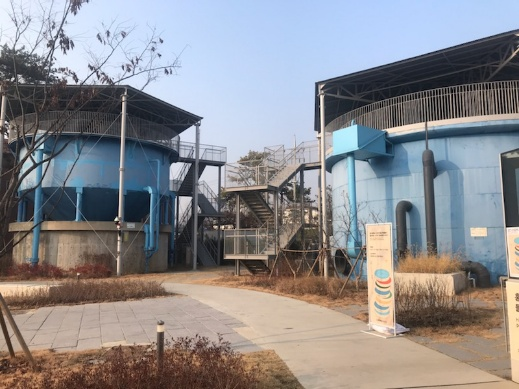
From a National Facility to a Symbol of Urban Regeneration: Jochiwon Cultural Garden
Jochiwon Cultural Garden was originally built in 1935 as the Jochiwon Water Purification Plant. For 78 years, until its closure in 2013, it played a vital role in supplying drinking water to residents and providing water for steam locomotives at Jochiwon Station.
After remaining inaccessible to the public for some time, it transformed in 2019 as part of the Cultural Regeneration Project for Abandoned Industrial Facilities. While preserving its historical structure, the space was repurposed into a cultural and artistic venue, bridging the past, present, and future of the community. Equipped with conference facilities and exhibition halls, Jochiwon Cultural Garden has become a popular destination, with nearly 800 reservations made for its use.
From an Urban Ruin to a Cultural Space: Jochiwon 1927 Art Centre
The Jochiwon 1927 Art Center was originally built in 1927 during the Japanese colonial period as a silk reeling factory. During the Korean War, it served as a temporary school building for Jochiwon Girls’ High School. Later, it housed a knitting factory and a paper mill before shut down in 2003. For nearly two decades, it stood as an abandoned ruin in the heart of the city. However, in 2022, the site was revitalised through the Cultural Regeneration Project for Abandoned Industrial Facilities. Today, it is recognised as a historic architectural asset that highlights the industrial and wooden architectural history of modern Jochiwon while serving as a cultural retreat for performances, exhibitions, and events.
Tracing the Legacy of Jang Uk-jin, a Pioneer of Modern Korean Art
Jang Uk-jin is regarded as a pioneering figure in modern Korean art, known for his distinctive and inimitable style that defied classification as either Eastern or Western. Born in 1917 in Songyong-ri, Yeondong-myeon, Sejong City, his birthplace remains preserved, with the main structure intact even after 120 years. Following the outbreak of the Korean War in September 1951, Jang Uk-jin returned to his hometown, where he found inspiration for many of his artworks. Since 1998, residents have organised the Jang Uk-jin Memorial Project to honor his legacy and promote cultural branding for the region. By integrating his birthplace with nearby historical sites—such as pagoda monuments, war evacuation shelters, and locations depicted in his paintings—the area is expected to evolve into another vibrant urban regeneration space.
Each of these three registered architectural assets is transforming historical significance into new cultural value in unique ways. Jochiwon Cultural Garden serves as a creative hub for artists, Jochiwon 1927 Art Centre provides a communal space for citizens, and the Birthplace of Jang Uk-jin is poised to become an inspirational setting for artistic exploration. With these developments, Sejong City is set to become an even more dynamic cultural and artistic destination.



